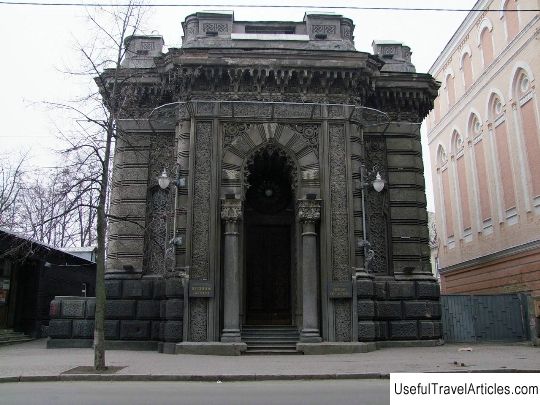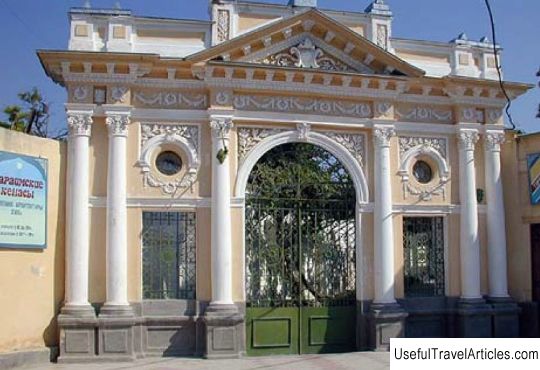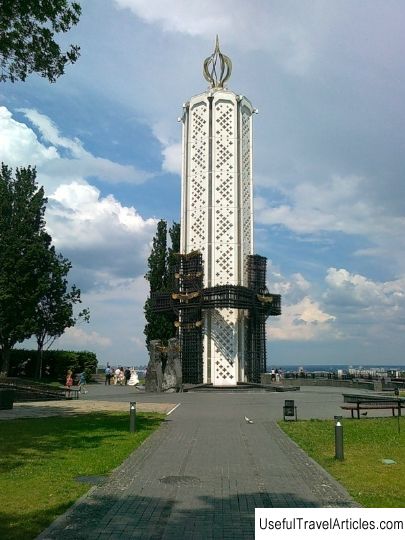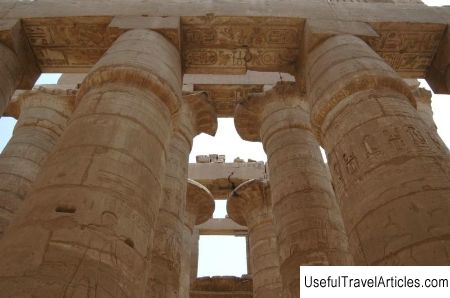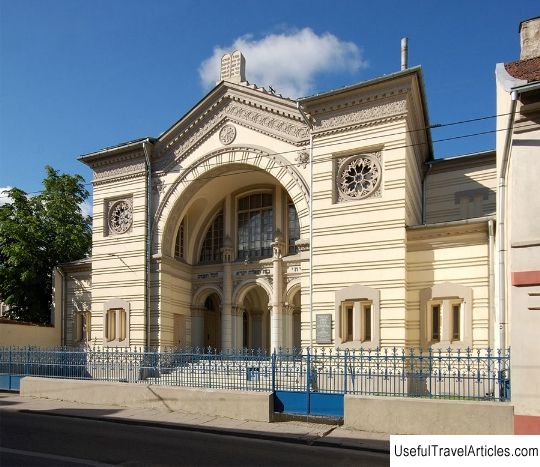Karaim kenassa description and photos - Lithuania: Vilnius
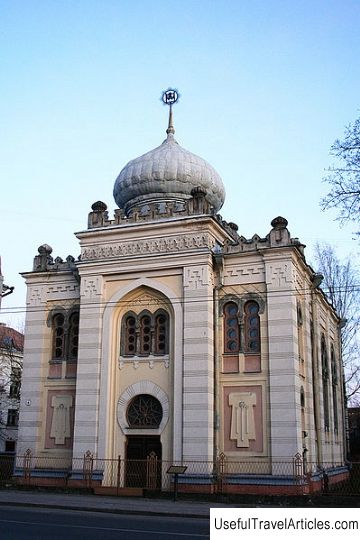
Karaim kenassa description and photo - Lithuania: Vilnius. Detailed information about the attraction. Description, photographs and a map showing the nearest significant objects. The name in English is Karaim kenassa. Photo and descriptionKaraimism is one of the 5 officially recognized religions in Lithuania. At present, there are kenassa temples in Vilnius and Trakai in Lithuania. The Karaites even have their own cemeteries. There is a common cemetery in Vilnius, Tatar-Karaite. In 1904, through the efforts of the priest Felix Maleckis, with the permission of the governor, a special committee was created that had the task of raising funds for the construction of a Karaite kenassa in the city of Vilnius (English Kenassa in Vilnius ). Funds were accepted from everyone who wanted to help. Donations were given not only by local adherents of the Karaite religion, but also by other communities who wished to contribute to this building. By 1908, sufficient funds had been raised to start construction. A committee for the construction of the kenassa was created. The committee instructed the architect M. Prozorov to develop a project for the future building, in addition, he managed to achieve the allocation of a plot of land in the Zverinas region. According to the project, it was supposed to build a stone kenassa and a small wooden house for educational needs. Construction began in 1911. The city council even decided to rename the street leading to the kenassa and call it Karaimu street. Unfortunately, the destructive force of the First World War also affected the construction of the kenassa. Construction was frozen. Many Karaites, as well as people of other faiths, frightened by the approaching front line, fled from Lithuania. For some time they found shelter in the Crimea, where the Karaite faith was also widespread. They returned to Lithuania only in 1920, after the war. In 1921, a new committee for the construction of the Karaite kenassa of Vilnius was elected. V. Duruncha was elected at the head of the committee. Donations began to be collected again and by common efforts, with the financial support of the state, it was possible to complete the construction in just two years. At the same time, adherents of the Karaites, brothers I. and R. Lopato made every effort and invested their funds in the construction of a wooden house. At the beginning of September 1923, the construction was completed and the buildings were consecrated. The opening and consecration ceremony was led by F. Maleckis, chairman of the Karaite community. The Karaite kenassa is a large stone building, executed in the Moorish style. The building body has the shape of an elongated parallelepiped. A large dome is installed above the front of the building. In general, the structure has regular rectangular shapes, but the curved lines of arched windows and vaults give it a special charm. In the decor, a circle is generally used in different variations. Above the entrance door, there is a large circular window, slightly truncated at the bottom. The windows of the second tier of the facade are made in the form of circles folded in rows, although framed in a common square frame. The Orthodox religion, Catholicism and Judaism, as well as some other religions and individuals, considered Karaimism to be a religion separate from Judaism , Karaites do not even consider themselves to be Jews. However, the Second World War, without sparing anyone or anything, left its mark on the fate of the Vilnius Karaites. During the war, along with other temples, the kenassa was closed. Only on March 9, 1989, after long, difficult years, the temple was returned to the Karaites and they were able to come here again for prayers. During this period, many valuable things disappeared from the kenassa, including a gilded altar made of cypress wood. Only two chandeliers were saved from the previous decoration, which are still hanging in the church today. The Karaites of Galich managed to take them off and safely hide them. These lamps are works of art and are highly valued by members of the community. One of the features of the Karaite faith, a fact that gives many researchers a reason to believe that Karaimism is closer to Islam than to Judaism, is that in the kenassa women and men pray separately. Today there are very few adherents of Karaimism in the world. Modern Polish Karaites perceive themselves as an ethnic community and have generally lost their religious identity.    We also recommend reading Temple of Hephaestus description and photos - Greece: Athens Topic: Karaim kenassa description and photos - Lithuania: Vilnius. |
